What Is The Difference Between ML Vs DL?
4.9 out of 5 based on 10255 votesLast updated on 21st Jul 2025 19.4K Views
- Bookmark

Begin with one skill, practice consistently, choose tools aligned with your goals, learn at your own pace, and stay focused throughout.
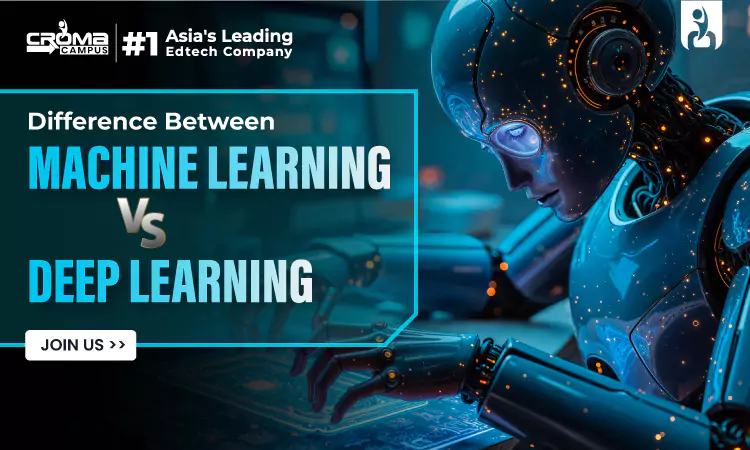
ML and DL are two branches of artificial intelligence. Both solve problems using data. But the way they learn and work is different. ML is older, more rule-based. DL is newer and works on large neural networks. Those who want to learn both can begin with a proper Deep Learning Course to understand the structure and model basics.
Meaning of Machine Learning and Deep Learning
Machine learning is a part of AI. Data and rules are used for training systems. These systems can then make decisions or predictions without being coded for each case. Deep learning can be similar to Machine learning, but it works differently. It uses neural networks designed to replicate the way the human brain processes information.
Both ML and DL are used to teach systems how to behave using past data. In ML, this learning depends more on coding features by hand. In DL, this happens naturally through network layers. That is why DL takes more power but less manual effort in setup.
Key Differences Between ML and DL
These points aid in understanding what makes them unique. The core idea, structure, and data needs vary across both methods.
Factor | Machine Learning | Deep Learning |
Data Needs | Can work with small data | Needs huge data sets |
Training Time | Shorter, easier to train | Takes longer, more computing power |
Feature Engineering | Manual features needed | Learns features automatically |
Output Accuracy | Depends on features | Often more accurate in complex tasks |
Interpretability | Easy to explain results | Results are hard to explain |
Real-time Use | Quick and lightweight | Heavier and slower without the GPU |
When to Use ML or DL?
Choosing ML or DL depends on your data and business case. Machine learning works for easy, rule-based tasks. Deep learning works well with visual data, audio signals, and massive datasets.
- Use ML when the data is structured and small
- Choose DL for tasks like object detection or speech
- Use ML when models must explain decisions clearly
- Use deep learning for high accuracy, even when the results are difficult to interpret.
- Use ML when the system needs quick answers
- Use DL when you can afford longer processing
Related Blogs:
Artificial Intelligence and Machine Learning
Machine Learning and Deep Learning
Machine Learning Interview Questions
How Do They Work Internally?
ML works on simple models. It takes input, processes it using math, and gives output. Examples are linear regression, decision trees, and k-NN. These models are small and fast.
DL uses neural networks. It has layers that mimic how humans think. Input goes through many steps before giving output. More layers mean more learning. These systems are trained using labeled or unlabeled datasets.
ML models may be tuned using cross-validation and hyper parameter tuning. DL models rely more on backpropagation and activation functions, where each neuron adjusts based on error until results become more accurate.
Deep learning outperforms when data is huge, but Machine learning still wins in low-data scenarios.
Applications of ML and DL
Both ML and DL help businesses in many areas. They solve real problems. Each method fits different use cases based on system needs. Understanding the difference between deep learning and machine learning is essential, as in every industry, data is growing fast.
Companies now need systems that can act smartly, reduce human error, and save time through automation and prediction. In every industry, data is growing fast. This opens more space for ML and DL tools.
Companies now need systems that can act smartly, reduce human error, and save time through automation and prediction.
Industry | ML Use Case | DL Use Case |
Healthcare | Predict patient risks | Analyze X-ray and MRI scans |
Finance | Credit scoring, fraud detection | Voice-based fraud prevention |
E-commerce | Product recommendations | Image search and smart ads |
Transportation | Demand forecasting | Self-driving vehicle path planning |
Education | Student progress tracking | Auto-grading written answers |
Learning Path for Beginners
To start with these fields, you need clear steps. Begin from ML, then move to DL. Tools and language matter. Most learners use Python.
People new to coding can take a Machine Learning Course that explains basic algorithms, logic, and use cases. Joining a guided path helps avoid confusion. Gaining knowledge through guided mentorship and hands-on projects helps boost confidence and understanding.
Once you get hands-on practice, the shift to DL becomes easier. Many beginners mistakenly dive into deep learning without first understanding how models behave. This confuses later. A strong ML base helps in understanding how learning happens, what loss means, and how optimization affects the model output.
Common ML and DL Tools
You must know the right tools before working on ML or DL tasks. These tools help in training, data cleaning, testing, and deployment. Knowing the difference between DL and ML also guides tool selection, ensuring better results.
Type | Tools For ML | Tools For DL |
Libraries | Scikit-Learn, XGBoost | Tensorflow, PyTorch, Keras |
Languages | Python, R | Python |
Platforms | Google Colab, Jupyter | GPU Systems, Cloud, ML Platforms |
Choosing the right tool is important for accuracy and speed. Python remains the top choice for both.
Road to Certification
Certifications help in job applications. A Machine Learning Certification proves that you know the concepts and can apply them. You can study online or through coaching centers.
Courses include recorded videos, quizzes, and live projects. Real datasets give better confidence. Some platforms give certificates after tests, which you can use in your resume. Some companies also offer internships or projects to certified learners. These certifications are also useful for freelancers looking to show proof of skill when bidding for ML or DL-related work.
ML and DL in Delhi
Technology centers such as Delhi are seeing a rising need for professionals with AI expertise. Many working professionals join boot camps or full-time coaching. Some join a Machine Learning in Python Course to focus only on the most-used language. Many institutes today offer flexible schedules, support for interview readiness, and regular doubt-solving sessions.
Fresh graduates in Delhi can also attend a Machine Learning Course in Delhi to learn from scratch. These classes offer live training, real datasets, and mock interviews. Weekend classes and hybrid learning options are also growing in Delhi.
These help both students and working professionals balance learning with work or college.
How to choose Between DL and ML?
Before picking which path to follow, understand what you like and what your project needs. It is important to review your system's processing capacity and the size of your dataset. These simple checks make it easier to decide. You do not need to master both at once. Even entry-level roles ask for knowledge in one field, so it is better to be strong in one before learning the other.
- If you like rules and logic, go for ML
- If you like patterns in images or sounds, go for DL
- If your data is small, ML is better
- If you have big data and GPUs, go for DL
- If results must be explained, ML is safer
- For high-accuracy tasks like vision, DL works better
- For quick projects, ML trains faster
- For deep systems, DL builds better depth
Job Trends in 2025
Jobs for ML and DL experts are growing fast. Startups and big firms want both. Roles include data analyst, ML engineer, DL developer, AI researcher, and more. Most jobs ask for basic Python, model knowledge, and real project experience. Certifications help you get shortlisted.
Related Courses:
Full Stack Data Science Course
Python Course for Data Science
Azure Machine Learning Certification
Data Engineer Course With Placement
Conclusion
The journey in ML or DL starts with curiosity and grows with consistency. ML and DL both help in AI, but they solve problems differently. Using the right tool and approach helps in time management, improves outcomes, and leads to reliable systems.
Start with one, master through practice, and pick tools that match your goals. Learn slowly and stay focused. Try small projects first. Use clean data. Watch how models learn and grow. With time, you will know which tool works best. Keep learning every day. Soon, you will feel confident in using both ML and DL in real problems.
Subscribe For Free Demo
Free Demo for Corporate & Online Trainings.
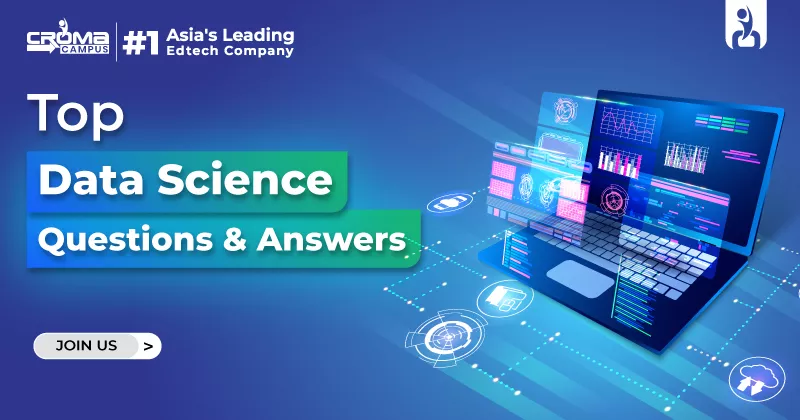
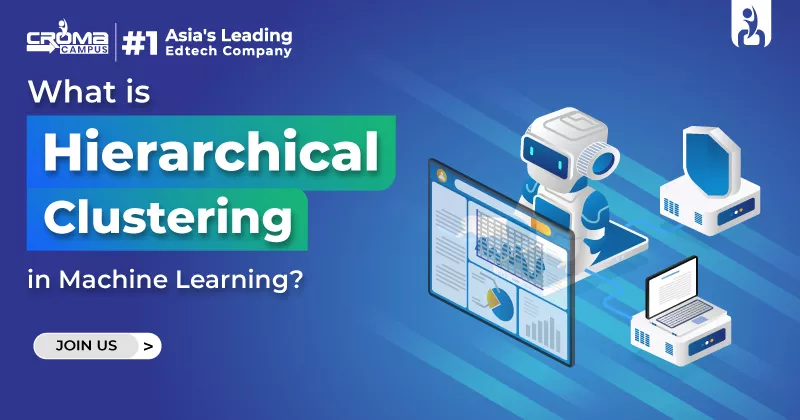

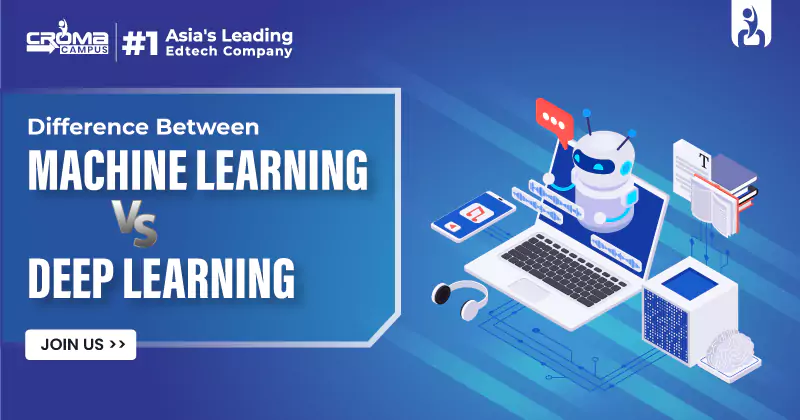
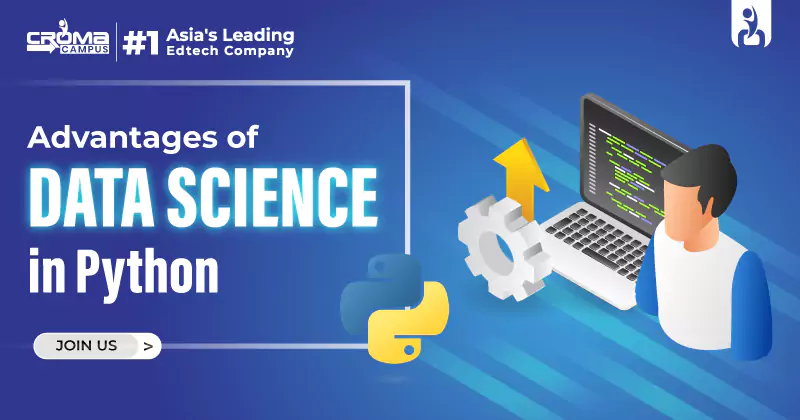

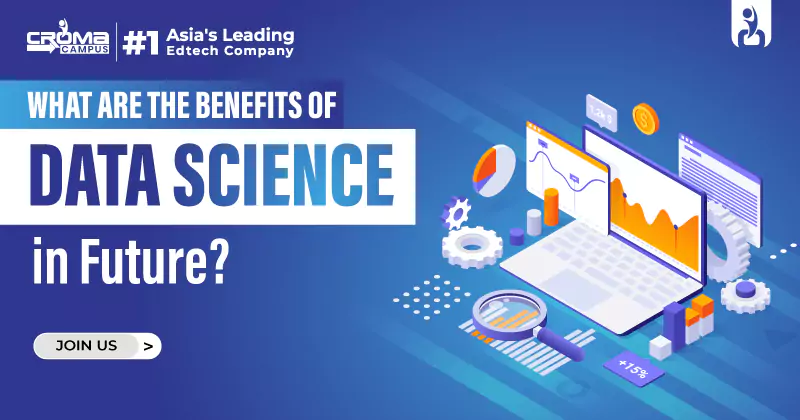
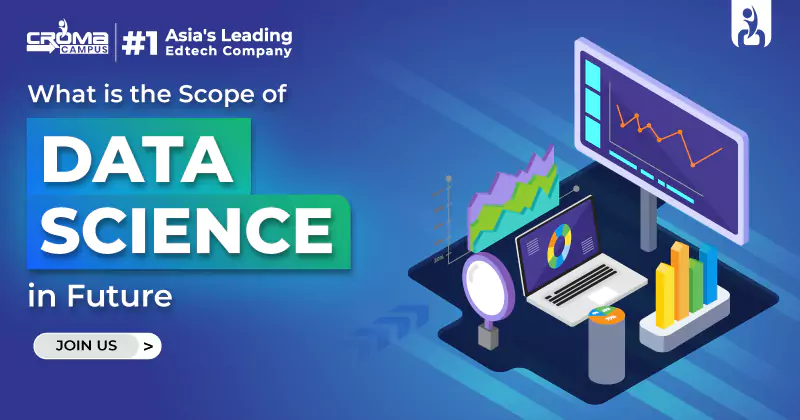
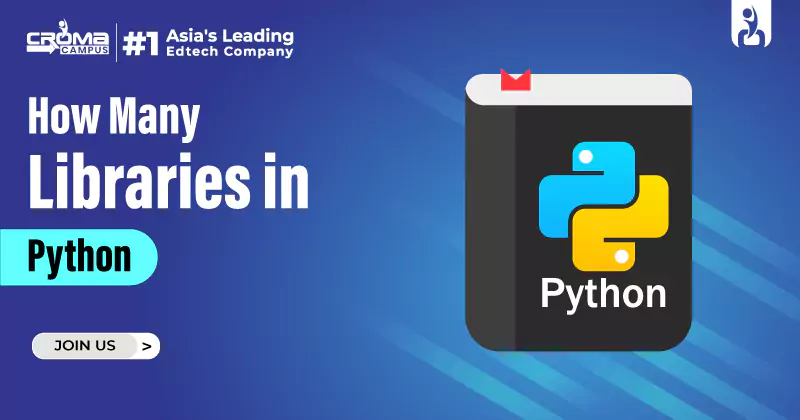
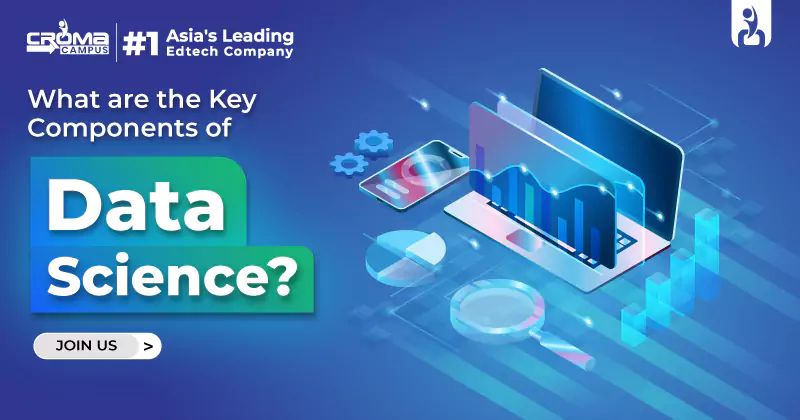
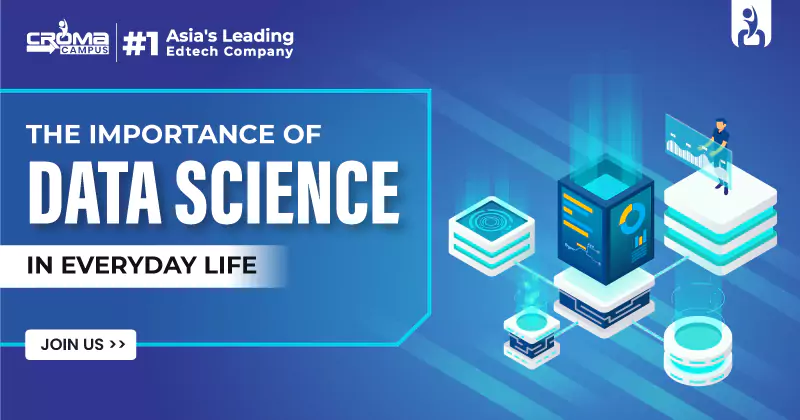






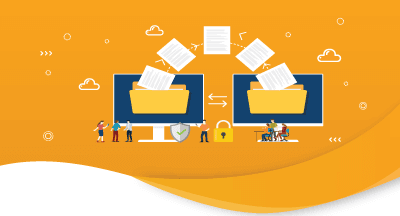







.webp)

.png)















